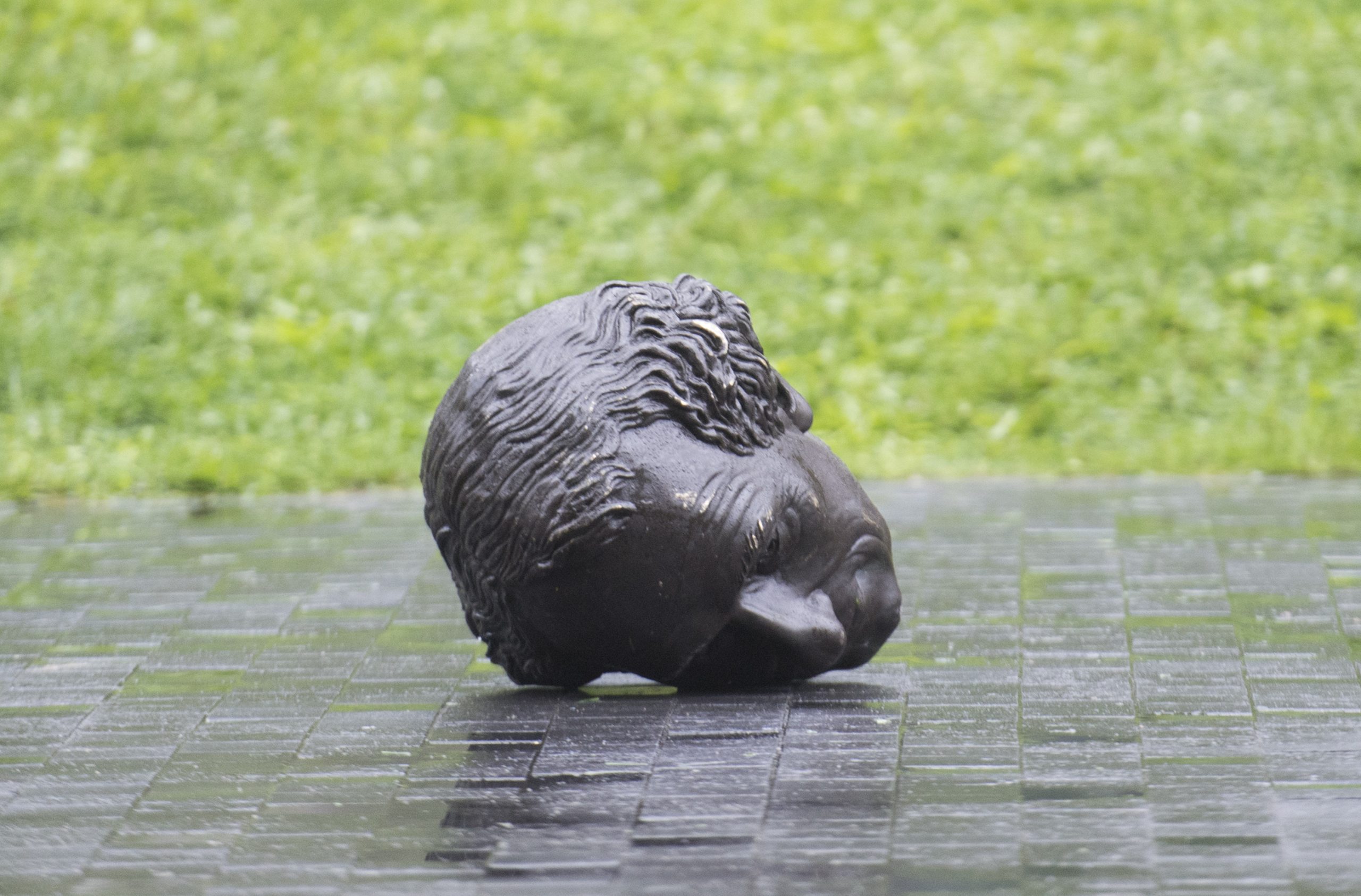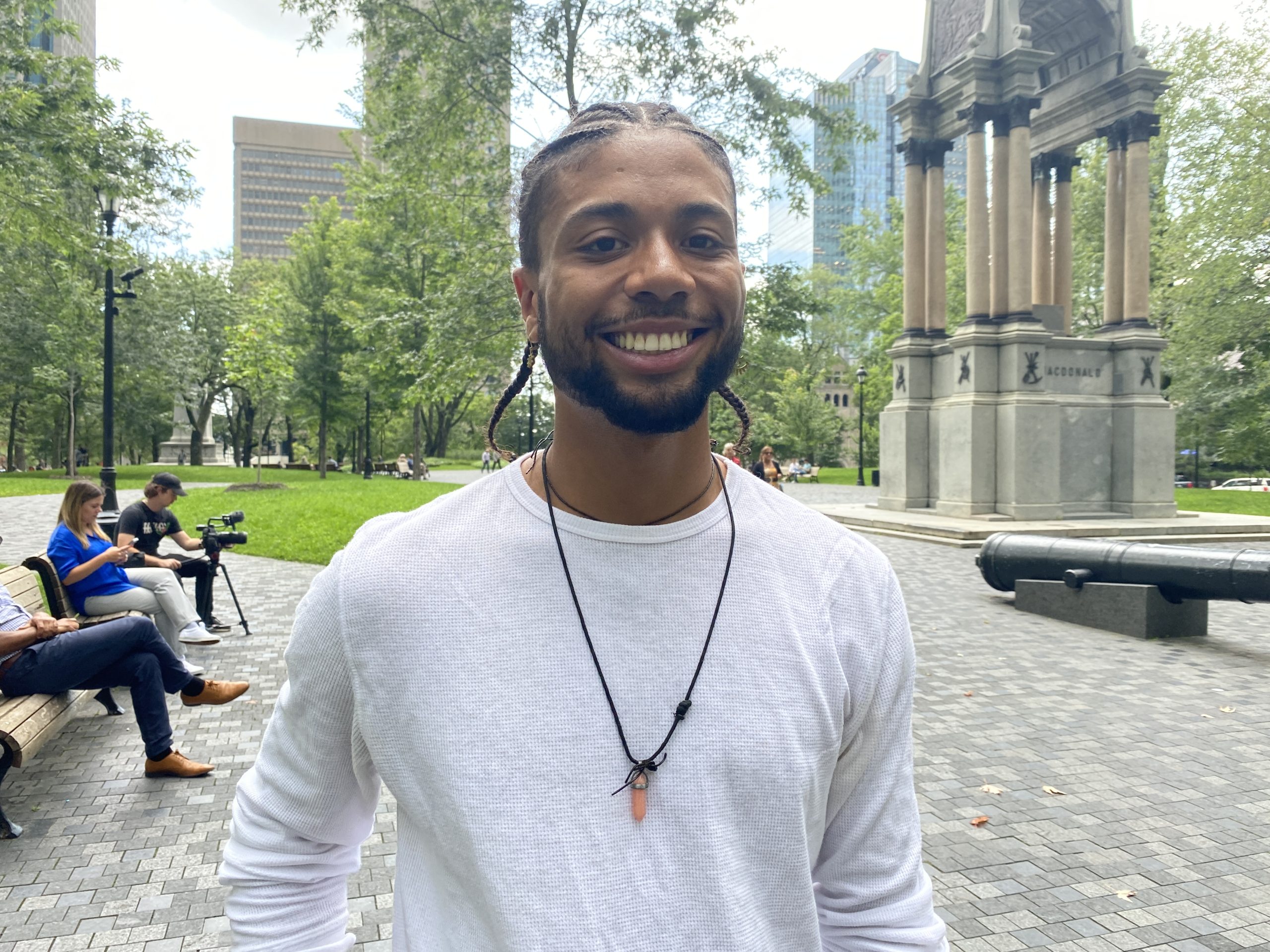Toppled John A. Macdonald statue will not be reinstalled, city decides
Posted August 30, 2023 10:35 am.
Last Updated August 30, 2023 6:23 pm.
The Sir John A. Macdonald statue that was topped and decapitated by protesters in August 2020 will not be reinstalled in its original location at Place du Canada, the City of Montreal announced Wednesday.
The decision was taken following recommendations made by an independent committee of experts created to evaluate the future of the monument of Canada’s first prime minister.
The empty base and pedestal, which the statue stood on for over 125 years, will remain in place as a record of the site’s history.
“It was important for us to get through all the process and to hear the people and to have experts, not only emotions, to make an important decision for history,” Ericka Alneus, the head of culture and heritage on Montreal’s executive committee, told CityNews.
“For some people it would have been the right thing to do to put it back.”
Macdonald is considered the architect of Confederation, but also of the residential school system. The statue will be displayed in a different location, such a museum, with more contextual information for onlookers. The unveiling of the reimagined monument is scheduled for sometime in 2025.

The head of a statue of Sir John A. MacDonald is shown torn down following a demonstration in Montreal, Saturday, Aug. 29, 2020, where they protested to defund the police with a goal to end all systemic racism within all sectors of the Canadian government. THE CANADIAN PRESS/Graham Hughes
Montrealer Amanda Gallant-Turner agrees historical context is important.
“Having some signage and stuff that kind of explains more of the historical context of why it was here, and everything, is really important, to have that kind of history for people,” she said.
Erected in 1895, the statue of Macdonald, who championed the assimilation of Indigenous people, was often the target of vandalism.
“John MacDonald did a lot of damage to a lot of different nationalities, including us,” said Nakuset of the Native Women’s Shelter and Resilience Montreal. “But I think the fact that people keep pulling it down over and over again is a real indicator that nobody wants it up.”
Activist Elijah Olise was part of the Aug. 2020 protest that saw the statue come down.
“When the protesters chose their to pull the statue down, I think it was a surprise to everybody,” he recalled. “But it was definitely… something that had been asked for decades.”
The now-empty pedestal will remain as a reminder of the statue’s history, the city says, with a plaque to be installed in October and new artwork at the site by September 2024.
“If they’re going to do a plaque, what is it going to say? Who are you consulting?” asked Nakuset. “And again, the school, is the same plaque going to be at the high school to say the same thing? I think, again, we have to be consistent with what it means for reconciliation.”
RELATED
- Montreal’s John A. Macdonald statue should not be put back: city committee advises
- Canadians reluctant to remove statues of historical figures now seen as racist: Poll
- Protesters in Montreal topple John A. Macdonald statue, demand police defunding
Quebec Minister of Culture and Communications Mathieu Lacombe opposed the decision to not reinstall the statue, saying history must not be rewritten.
Lacombe stopped short of saying the statue should return to its original location but asserted “we have to live with this history, for better or for worse.”
Alneus shot back at the suggestion without addressing Lacombe directly.
“I can understand that some people might feel not comfortable with what we’re doing. That’s part of life,” said Alneus. “But I think that for history and for some elements, I don’t think we’re erasing. I think we’re making sure that history is complete.”
The statue has remained in storage while the city considered its future, commissioning a group of historians, academics and other experts to evaluate possibilities.
“I believe that he should be it should be put away in a place that doesn’t erase history, but also that keeps both sides,” added Alneus. “It has to be alive for people to continue to understand where we are, how we got to.”
Alneus said the city is not considering removing other controversial public monuments. Nor, Alneus added, would further acts of vandalism trigger studies on those monuments’ futures.
—With files from The Canadian Press




